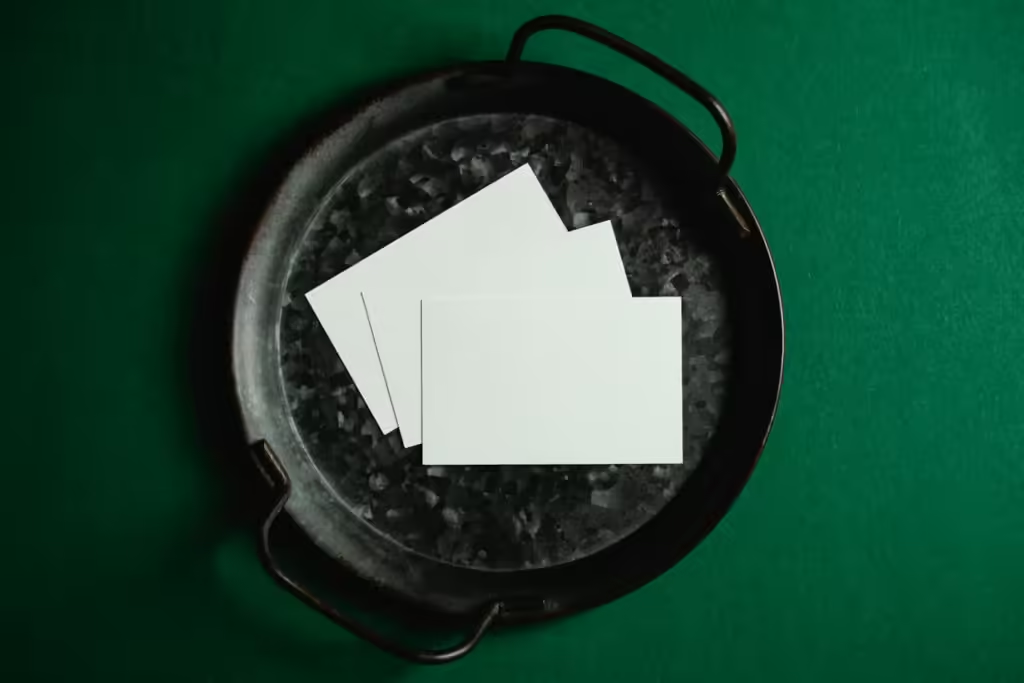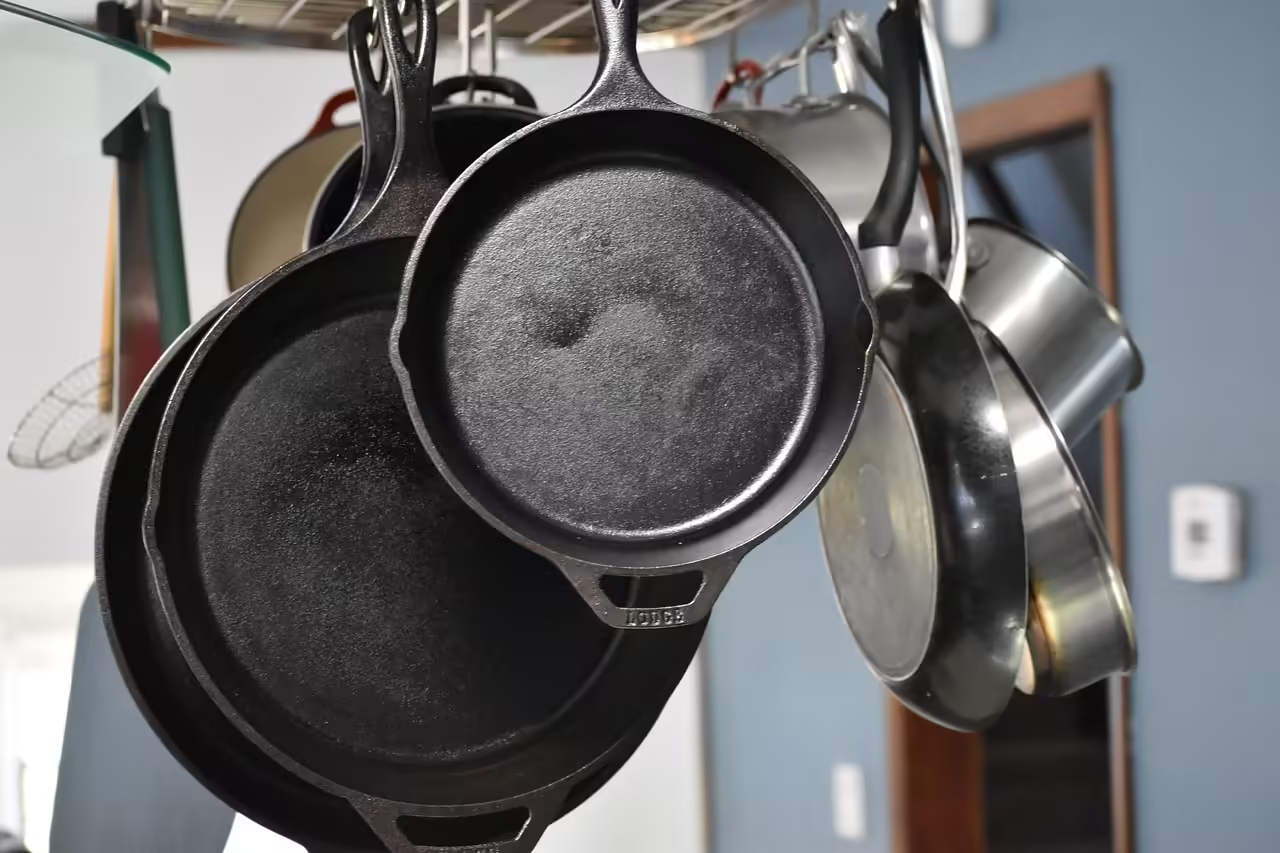Table of Contents
Over the previous hundred years or so, not much has changed about the common cast-iron skillet. About ten years ago, the cookware gained popularity again, mostly because of the tastes it can bestow on food. It includes similar substantial construction, excellent heat insulation, pour spouts, a handgrip across from the handle, and a ring around the pan’s base. With the exception of that ring, cast iron remained a practical choice rather than a flashier one.
Certain Cast-Iron Skillets Have an Undiscovered “Feature” It’s a Defect, Actually

It’s Known as a “Heat Ring”
Although some historians refer to it as a “smoke ring,” the ring on the base of cast-iron skillets is known as a “heat ring.” It’s actually a “machining ring,” according to Dennis Powell, the founder of Butter Pat Industries, a company that makes cast-iron cookware that is currently owned by Yeti. “In order to remove material and flatten a surface without machining a wider surface, one uses grinding rings,” says Powell. “A casting issue for large, thin surfaces has always been flatness. Ring machining provides an easy solution.
Heat Rings’ Past
Powell says the oldest records show it was dubbed a machining ring before companies discovered they could promote it as a feature. Powell has spent years studying cast iron design and production documentation in the Library of Congress.
Wood stoves ruled kitchens before subterranean systems supplying natural gas to cities and villages. The way these stoves worked was by lighting wood logs in separate compartments, each of which had a burner, or what we would call an “eye,” in modern parlance.
The ring can raise a pan a little above the flames, but not far enough to matter. Put differently, the heat ring is a flaw that seems like a feature.
How About Contemporary Skillets?
Powell’s assertion is supported by Eric Steckling, chief of product development at Marquette Castings.
“It might be challenging to maintain a precisely flat bottom when using any casting technique. On a glass top, even the smallest deviation will result in some wobbling.
We simply included a ring on the bottom that we could grind on a level surface after casting to solve this problem. We can ensure that the skillets sit precisely flat thanks to this, explains Steckling.
Regarding the rings found on contemporary skillets made by Field Company, Smithey Ironware, and other companies? Yes, they do contribute to the fact that your skillet won’t shudder when heated on a burner. They do, however, also seem to be allusions to the past.
read also: 4 Items You Must Never Boil in Cast Iron
read also : What to do if you see black Residue on your cast-iron skillet 3 reasons and 3 Technics
read also : Restore a burnt cast-iron skillet using this 8 kitchen essential
Regarding the rings found on contemporary skillets made by Field Company, Smithey Ironware, and other companies? Yes, they do contribute to the fact that your skillet won’t shudder when heated on a burner. They do, however, also seem to be allusions to the past. Regarding the rings found on contemporary skillets made by Field Company, Smithey Ironware, and other companies? Yes, they do contribute to the fact that your skillet won’t shudder when heated on a burner. They do, however, also seem to be allusions to the past.
Regarding the rings found on contemporary skillets made by Field Company, Smithey Ironware, and other companies? Yes, they do contribute to the fact that your skillet won’t shudder when heated on a burner. They do, however, also seem to be allusions to the past.
Some Cast-Iron Skillets Have a Hidden “Feature.” It’s Actually a Defect (msn.com)


2 thoughts on “Certain Cast-Iron Skillets Have an Undiscovered “Feature” It’s a Defect, Actually”